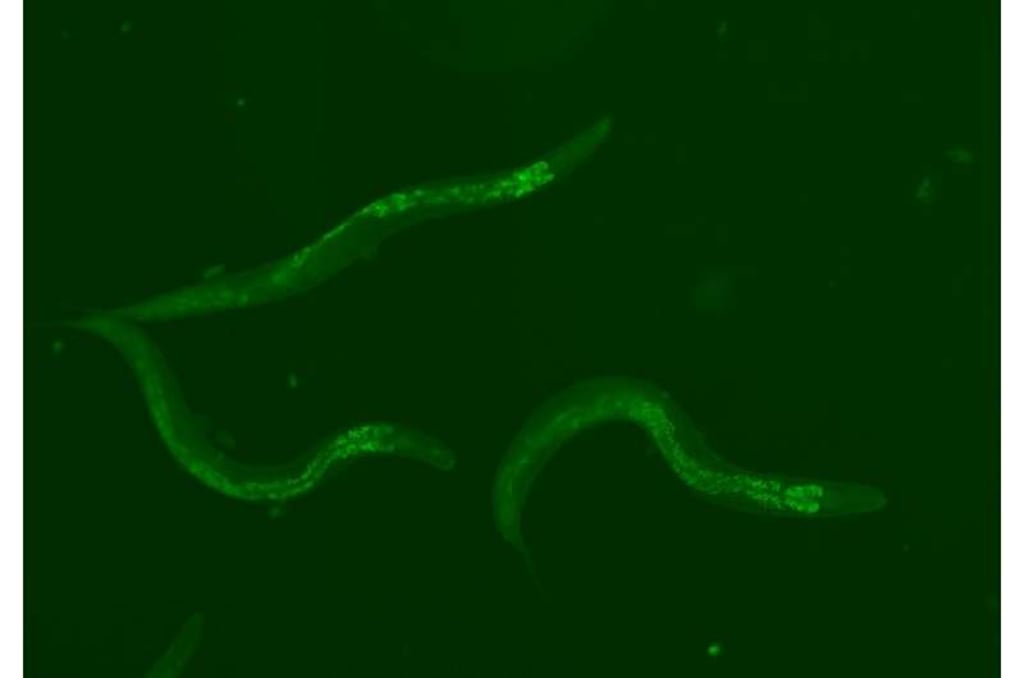Content warning
This story may contain sensitive material or discuss topics that some readers may find distressing. Reader discretion is advised. The views and opinions expressed in this story are those of the author and do not necessarily reflect the official policy or position of Vocal.
Unlocking the Fountain of Youth: Transposable Elements Study Reveals Promising Avenues to Halt Aging
Aging, an inevitable part of the human experience, has been a subject of fascination and inquiry for centuries.

For millennia, people have been fascinated by and doing research on the process of aging, despite the fact that it is an unavoidable component of the human experience. Researchers are exploring the world of transposable elements, which are little fragments of genetic information that are frequently referred to as "junk DNA," in order to investigate the possibility of procedures that could prevent or slow down the aging process. This is a ground-breaking development. This fascinating study sheds light on the biological processes that underlie aging and provides cause for optimism regarding the potential for increased life expectancy in the future.
The Mystery Behind Getting Older
The process of aging is a multifaceted biological phenomenon that is affected by a wide range of hereditary, environmental, and lifestyle factors. Our cells gradually become more damaged as time passes, our tissues gradually deteriorate, and our bodies gradually lose the resiliency that they had when they were younger. Even though becoming older is a natural process, researchers have long been fascinated by the idea that it might be possible to stop or even turn back the hands of time.
Transposable Components: The Players in the Background
Transposable elements, commonly referred to as transposons or "jumping genes," are chunks of DNA that have the ability to hop about in the genome. They were once considered genetic "junk" with no apparent use; but, new research has revealed their deep roles in constructing our genomes and controlling gene expression. This information has caused a paradigm shift in how we see these genetic elements.
The Findings of the Research
In this particular piece of research, the investigators looked into the ways in which transposable elements behave in relation to the aging process. Their discoveries were nothing less than ground-breaking in nature. It would appear that as we age, particular transposable elements become more active, contributing to genomic instability and the aging process as a whole.
How the Transposable Elements Contribute to the Aging Process
The increased activity of transposable elements can have a number of detrimental repercussions on both the cells in our bodies and our overall health, including the following:
Genetic mutations and chromosomal rearrangements can be caused by transposable elements, which can then lead to problems in DNA replication and repair. This condition is known as genomic instability.
Inflammation: The activation of transposable elements can set off an inflammatory response in the body, which has been connected to a variety of illnesses associated with aging.
Cellular Senescence: The presence of transposable elements has been linked to the progression of cellular senescence, a state in which cells lose their capacity to proliferate and stop functioning normally.
Putting an End to Aging at Its Roots
The intriguing feature of this study is that it hints at the existence of prospective ways that could be used to intervene in the aging process and slow it down at its genetic origins. Researchers are looking for techniques to target transposable elements and reduce their activity. If successful, this could help mitigate the harmful effects transposable elements have on genomic integrity and inflammation.
Opportunities That Hold Great Promise for the Future
Even though the study is still in its preliminary phases, it offers a glimmer of optimism for those working in the field of longevity research. The following are some of the exciting new doors that it opens:
Anti-Aging medicines: The research and development of anti-aging medicines that particularly target transposable elements may give novel strategies to battle aging and age-related disorders in the future.
Longevity Genetics: Gaining an understanding of how transposable elements contribute to the aging process might provide valuable insight into the topic of longevity genetics and may one day lead to more effective therapies.
With the advent of precision medicine, it may soon be possible to personalize anti-aging medicines according to the genetic make-up of an individual and the activation of transposable elements in their DNA.
Ethical Considerations: As is the case with any research that breaks new ground, there will be a preponderance of ethical considerations around the possible application of anti-aging therapies.
The search for a remedy that would restore youth
The continued search by humans for the fountain of youth is evidenced by the research into transposable elements and the function that these elements play in the aging process. Despite the fact that we have not yet discovered the elixir of immortality, scientists are making great gains in comprehending the intricate biology of the aging process and investigating novel approaches of lengthening an individual's healthy lifespan.
As we wait for more breakthroughs in this fascinating sector, it is important to remember that the pursuit of knowledge has no limits. The journey to discover the secrets of aging is a monument to our insatiable curiosity, tenacity, and the unstoppable spirit of adventure that compels us to push the limits of what is possible in the pursuit of a longer, healthier life. This journey is a testament to our insatiable curiosity, resilience, and the unstoppable spirit of exploration.
About the Creator
Stephen Keith B. Labto
Keith's transition from computer engineer to passionate writer was unique. Keith's curiosity and imagination pushed him to try something new. He invites readers to explore knowledge's various and beautiful landscapes one word at a time.
Enjoyed the story? Support the Creator.
Subscribe for free to receive all their stories in your feed. You could also pledge your support or give them a one-off tip, letting them know you appreciate their work.






Comments
There are no comments for this story
Be the first to respond and start the conversation.